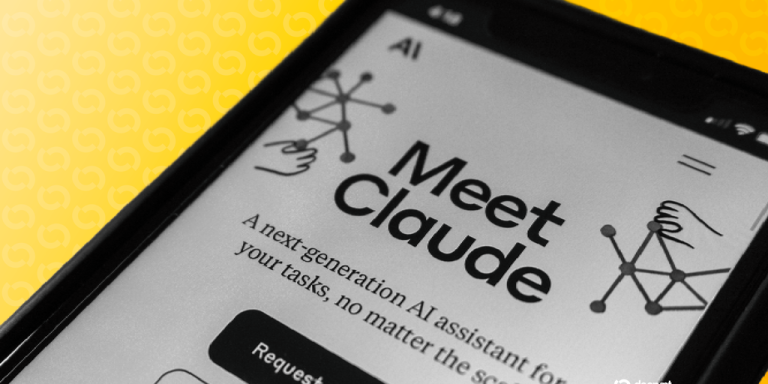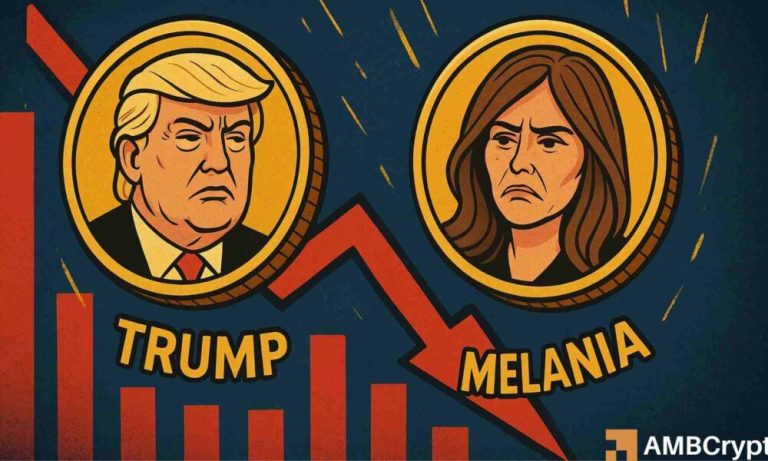
Cultural Fusion: Embracing Diversity in European Lifestyles by 2025
Cultural Fusion: Embracing Diversity in European Lifestyles by 2025 is a concept that has gained significant attention in recent years. As the world becomes increasingly interconnected, the importance of embracing diversity and promoting inclusivity has never been more pressing. In this article, we will explore the concept of cultural fusion and its impact on European lifestyles, highlighting the benefits and challenges of embracing diversity.
What is Cultural Fusion?

Cultural fusion refers to the blending of different cultures, resulting in the creation of a new and unique cultural identity. This can occur through various means, such as migration, globalization, and technological advancements. Cultural fusion is not limited to any particular region or community; it is a global phenomenon that is shaping the way we live, work, and interact with one another.
The Benefits of Cultural Fusion

The benefits of cultural fusion are numerous and well-documented. Some of the most significant advantages include:
- Increased creativity and innovation: Cultural fusion brings together different perspectives and ideas, leading to the creation of new and innovative solutions.
- Improved communication and understanding: Cultural fusion helps to break down cultural and linguistic barriers, facilitating communication and understanding between people from different backgrounds.
- Enhanced economic growth: Cultural fusion can lead to increased trade, investment, and economic cooperation between different regions and communities.
- Greater tolerance and acceptance: Cultural fusion promotes tolerance and acceptance of different cultures, leading to a more harmonious and inclusive society.
The Challenges of Cultural Fusion

While cultural fusion offers many benefits, it also presents several challenges. Some of the most significant difficulties include:
- Cultural and linguistic barriers: Communicating across cultural and linguistic boundaries can be difficult, leading to misunderstandings and conflicts.
- Social and economic inequalities: Cultural fusion can exacerbate existing social and economic inequalities, particularly if certain groups are marginalized or excluded from the fusion process.
- Loss of cultural identity: Cultural fusion can lead to the loss of traditional cultural practices and identities, particularly if one culture dominates another.
- Conflicts and tensions: Cultural fusion can lead to conflicts and tensions between different cultural groups, particularly if there are significant differences in values, beliefs, and practices.
Cultural Fusion in European Lifestyles

European lifestyles are being shaped by cultural fusion in numerous ways. Some of the most significant trends include:
- Multiculturalism: European cities are becoming increasingly multicultural, with people from different cultural backgrounds living and working together.
- Language diversity: European countries are experiencing an increase in language diversity, with many languages being spoken in addition to the dominant language.
- Culinary diversity: European cuisine is being shaped by cultural fusion, with the introduction of new ingredients, dishes, and cooking techniques from around the world.
- Arts and culture: European arts and culture are being influenced by cultural fusion, with the emergence of new forms of music, dance, and visual arts.
Conclusion

In conclusion, cultural fusion is a powerful force that is shaping European lifestyles in significant ways. While it presents several challenges, the benefits of cultural fusion far outweigh the difficulties. By embracing diversity and promoting inclusivity, we can create a more harmonious, creative, and innovative society. As we look to the future, it is essential that we prioritize cultural fusion and work towards creating a more inclusive and equitable world for all.




